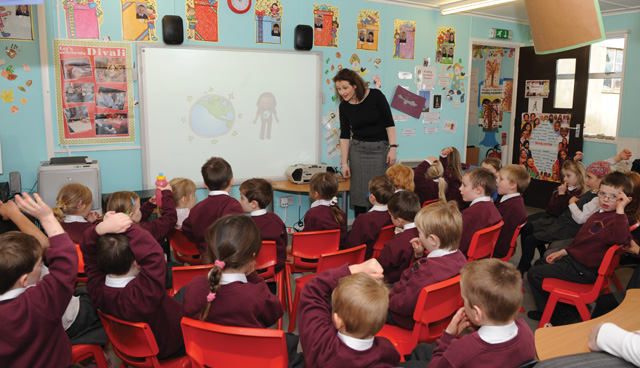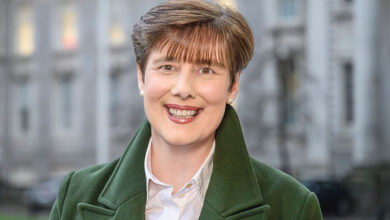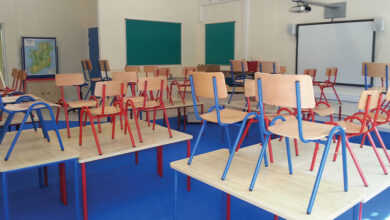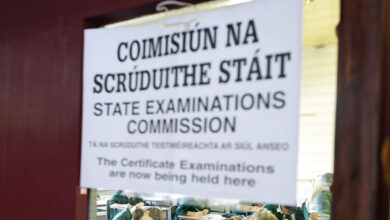Tackling over-subscription


The number of children in primary schools next year are set to equal those of Ireland’s baby boom in the 1980s. eolas looks at the issue of over-subscription and a new strategy to tackle it.
A steady increase in the number of children applying for primary school places is putting acute pressure on the institutions and the processes which they use to manage demand. In September 2017, over 563,000 children enrolled in primary school, a 5,000 person increase from the previous year and this number is set to further increase for 2018.
Officials estimate that some 567,400 pupils could be enrolling for primary school in 2018 and this would be equivalent to the record set in 1987. While, numbers are expected to decline again post-2018, the current swell will soon push through into secondary-level.
Over-subscription has become an issue in areas where demand is greatest and in recent years schools have had to address demand through various measures including waiting lists and fees.
Critics argue that waiting lists and preferential admissions for those with older siblings at the school are discriminatory against migrants and those who are relatively new to a particular area.
In a bid to tackle the problem of over-subscription, the Government introduced the Education (Admission to Schools) Bill 2016, aimed at establishing a fair and non-discriminatory enrolment policy.
Included in the Bill is the provision for a school which is not oversubscribed to admit all pupils applying. Both waiting lists and fees relating to admissions are to be banned and to ensure transparency, schools must now publish their admissions policies, including provisions for pupils who decline to participate in religious instruction. In addition, a 25 per cent cap of school places for children of past pupils is to be introduced.
Further, any changes to admission policies must be consulted upon with parents and the National Council for Special Education or Tusla are to be given the power to designate a school place for a child who cannot secure one.
“This legislation will increase the transparency and fairness of school admissions. It makes clear that every school must be welcoming of every young person – regardless of their colour, their abilities or disabilities. It will help to end the soft barriers that some of our schools erect in the way of children with special needs.” Richard Bruton TD
While mostly welcomed, the changes to school admissions policies have raised some criticism, particularly around the timeline for removing waiting lists. While the Government has indicated that it expects the move to take place within three to five years, opposition from parents has forced them into declaring that “transitional measures” will be put in place.
Further criticism has been reserved for the Bill’s inability to tackle inequality in admissions based on a child’s religion or non-religion. While Bruton has outlined the need to address Ireland’s ongoing ‘baptism barrier’ challenge, it has been argued that the Bill in its current form does not go far enough.
The ‘baptism barrier’ challenge centres around religious dominance in State-funded schools. Its estimated that around 96 per cent of schools are religiously run, over 90 per cent controlled by the Catholic Church. This has meant that the majority of schools will have their religious ethos ingrained in their admission policies.
While the stipulation in the new Bill that non-oversubscribed schools must admit all pupils applying should go some way to tackling the problem, Bruton has advocated for further change.
Stating his preference to remove the capacity for State-funded denominational primary schools to use religion as a criteria in admissions process, he outlined three exceptions: Where it would not be possible to maintain the ethos of the school; where a school is established by a minority religion to accommodate students of that ethos; and where a minority religion school has been established to accommodate a community consistently served by the school.





